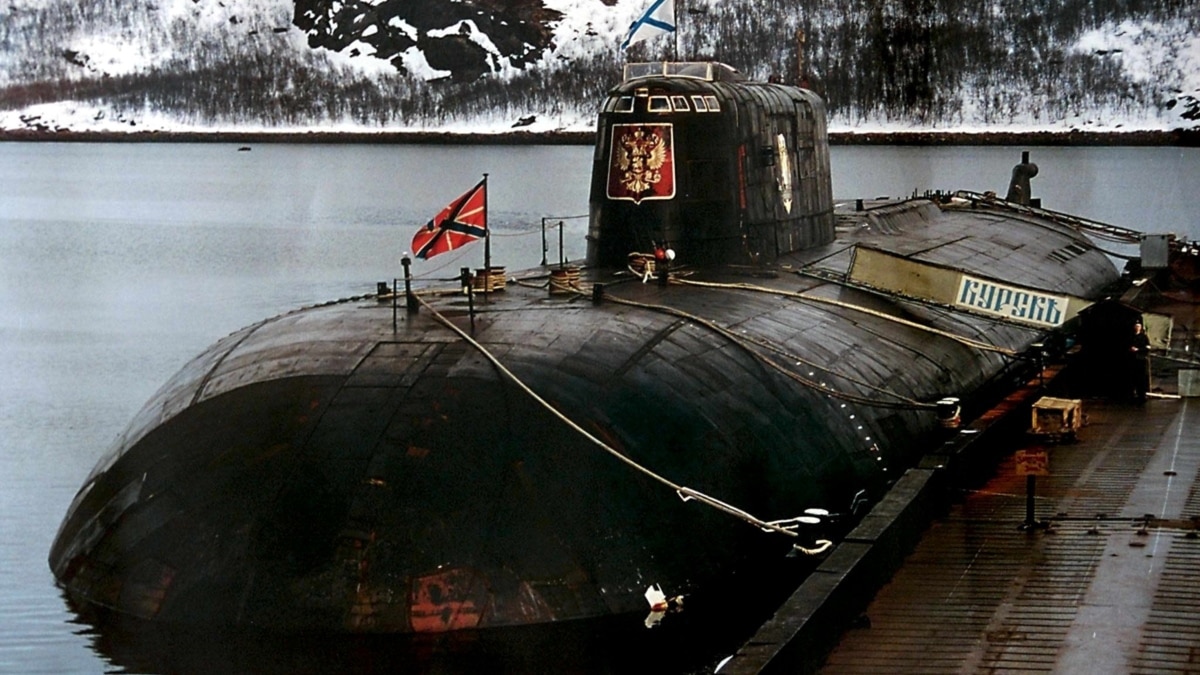The UK Ministry of Defence (MOD) has no records on the Royal Navy’s submarines being stationed at the site of the Russian submarine Kursk sinking in the Barents Sea in August 2000, the UK Navy Command Secretariat told RIA Novosti.
Next-Gen Nuclear Technology – US’ Ambitious Nuclear Power Pact With Tokyo Could Fuel Japanese Industry For Decades
In November, retired Adm. Vyacheslav Popov, Russian Northern Fleet commander in 1999–2001, told Sputnik that the Kursk sank as a result of a collision with a NATO submarine that approached it too closely.
The US navy nuclear submarines Memphis and Toledo as well as the British navy Splendid reportedly were in the area of Russia’s naval drills in August 2000. The Russian Defense Ministry filed a query to the US and UK defense, requesting the submarines’ inspection, which was denied saying that all the submarines were operational.
Recently, RIA Novosti issued a request to the UK Navy Command seeking the confirmation of a British submarine’s presence in the vicinity of the Kursk disaster.
‘Advantage Russia’: As Biden Warns Moscow Of ‘Devastating Sanctions’ Over Ukraine Crisis, Will Putin Be The ‘Ultimate Winner’?
“In response to the part of your request seeking confirmation that the ‘Russian Defense Ministry requested for the UK MOD to inspect its nuclear submarines after the Kursk disaster’, I can confirm that the MOD holds no record of any request for the UK to inspect its nuclear submarines,” the British Naval Command Secretariat said in a written reply.
Furthermore, the British Parliament archive dated November 14, 2000, indicates that following the Kursk incident, then Minister of State for Europe Keith Vaz said that State Secretary for Defense Geoff Hoon had “already assured the Russian Defense Minister” that there were no British submarines in the Kursk wreckage area.

“The Secretary of State made no representations to Russia in respect of claims that a British submarine was involved in the Kursk disaster. The Secretary of State for Defence, who led on this issue, has already assured the Russian Defence Minister, that there were no Royal Navy submarines in the area at the time the Kursk sank,” the parliamentary records read.
The Kursk sank on August 12, 2000 during the naval exercises in the Barents Sea, with all 118 crew members found dead in the accident. The officially-recognized cause of the tragedy was a torpedo explosion.
The Kursk submarine sank at a depth of 108 meters (354 feet) on August 12, 2000, during an exercise. According to the investigation team’s report, the submarine was hit by two explosions. The first was caused by a leak of hydrogen peroxide fuel inside the fourth torpedo launcher. It caused heavy fire and a further blast of the ammunition.
“The pain that was 20 years ago, burning and absorbing, has certainly changed. We have learned to live with it. We have more bright memories of people who lived and perished and are proud of them. Well, children and grandchildren give strength. It is a pity that they will not see their grandchildren,” one of the female relatives told reporters during its anniversary in 2020.
The Kursk tragedy became one of the deadliest submarine accidents in the world’s history, second only to the loss of USS Thresher in 1963, which left 129 people dead. The accident is widely believed to have been caused by the overall poor state of the Russian armed forces at the time.
The tragedy also triggered a serious overhaul of the Russian Navy’s emergency rescue service. At that time, the country lacked any capabilities to rescue the crew at such a depth and finally had to request international assistance. It was nine days after the disaster that Norwegian divers managed to open the submarine’s airlock to see all the seamen dead.
- Via Sputnik News Agency
- Follow EurAsian Times on Google News